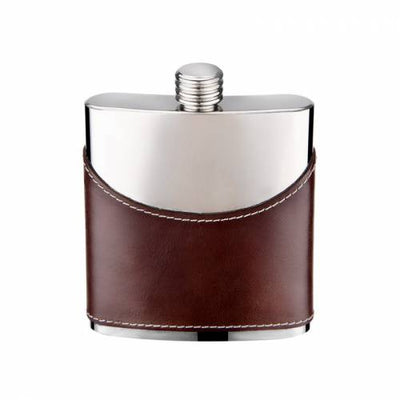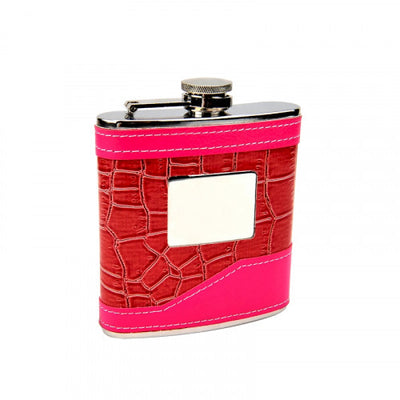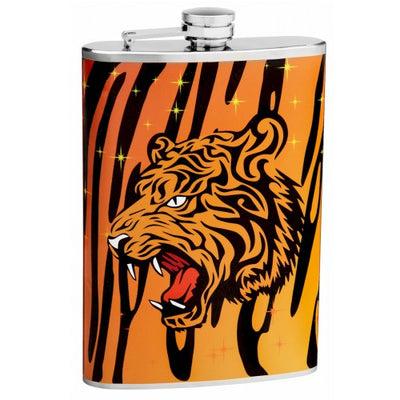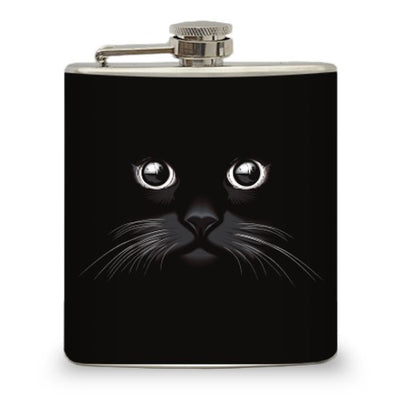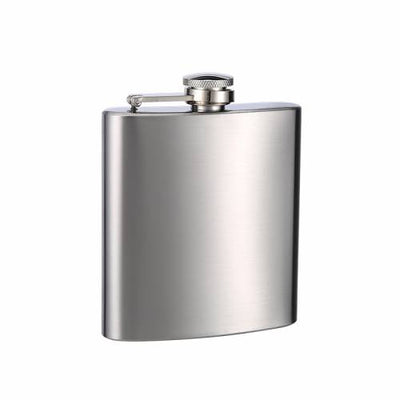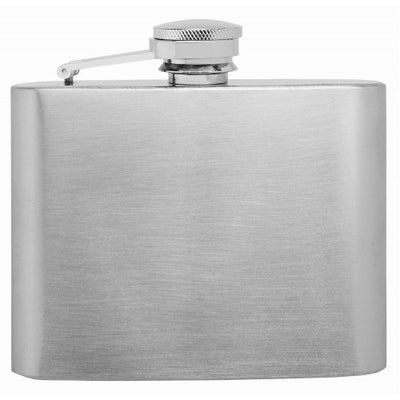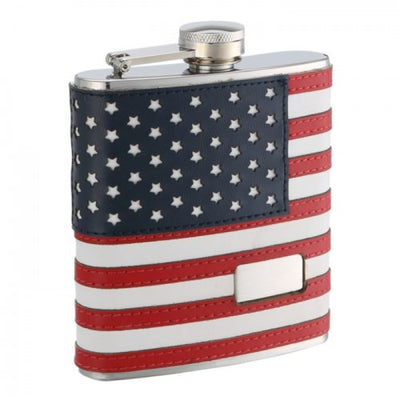[caption id="attachment_1147" align="aligncenter" width="500"]
 Photo Credit: VancityAllie.com[/caption]
Photo Credit: VancityAllie.com[/caption]In case you thought that there was simply one kind of tequila, we'd like to set the record straight and educate you regarding the many varieties of this famous Mexican elixir:
- Blanco ("white") or plata ("silver") refer to a white or clear tequila that is not aged, but rather bottled or stored immediately after distillation. These at variety names can also refer to tequila that was aged for less than two months in stainless steel or neutral oak barrels.
- Joven ("young") or oro ("gold") is a second category of Tequila.
- The Reposado ("rested") variety represents Tequila that is aged for a minimum of two months, but less than one year in oak barrels of any size.
- Añejo ("aged" or "vintage") refers to Tequila that is aged for a minimum of one full year, but aged less than three years in small oak barrels. This is a personal favorite of the people here at Flasks.com :)
- Lastly, Extra Añejo, which means "extra aged" or "ultra aged," is a variety of Tequila that is aged for a minimum of three years in oak barrels. This category was not established until seven years ago, in March of 2006.
For an entertaining video explanation of the first four varieties, check out this video from Tipsy Bartender.
100% agave tequila, whether it is called blanco or plata, is harsher because of the bolder flavors of the distilled agave up front, while reposado and añejo are more smooth, more subtle, and more complex. Just like with any other spirits that makers age in big wooden casks, tequila also takes on the inherent flavors of the wood, which has a mellowing effect on the flavor and harshness of the alcohol. The major flavor distinction with 100% agave tequila is the base ingredient, blue agave, which is more vegetable than grain, and often more complex.
The worm you see in some bottles began as a marketing gimmick as recently as the 1940's. Let it be known that the worm does absolutely nothing to the product and is quite extraneous if you ask us! Most bottles of tequila these days don't even have the worm added. The worm incidentally, is actually the larval form of a moth called Hypopta agavis, which sometimes lives on the blue agave plants. Go figure!




